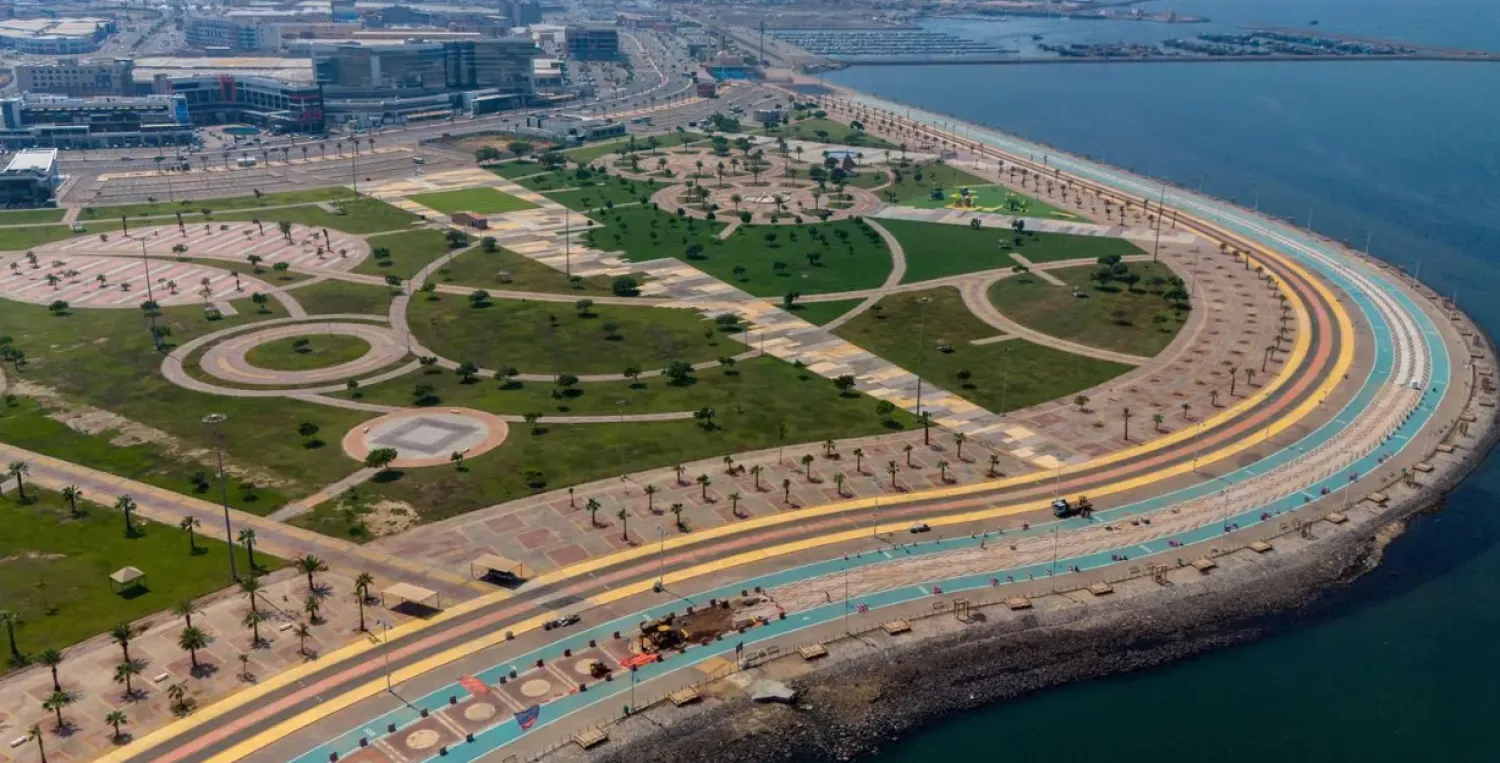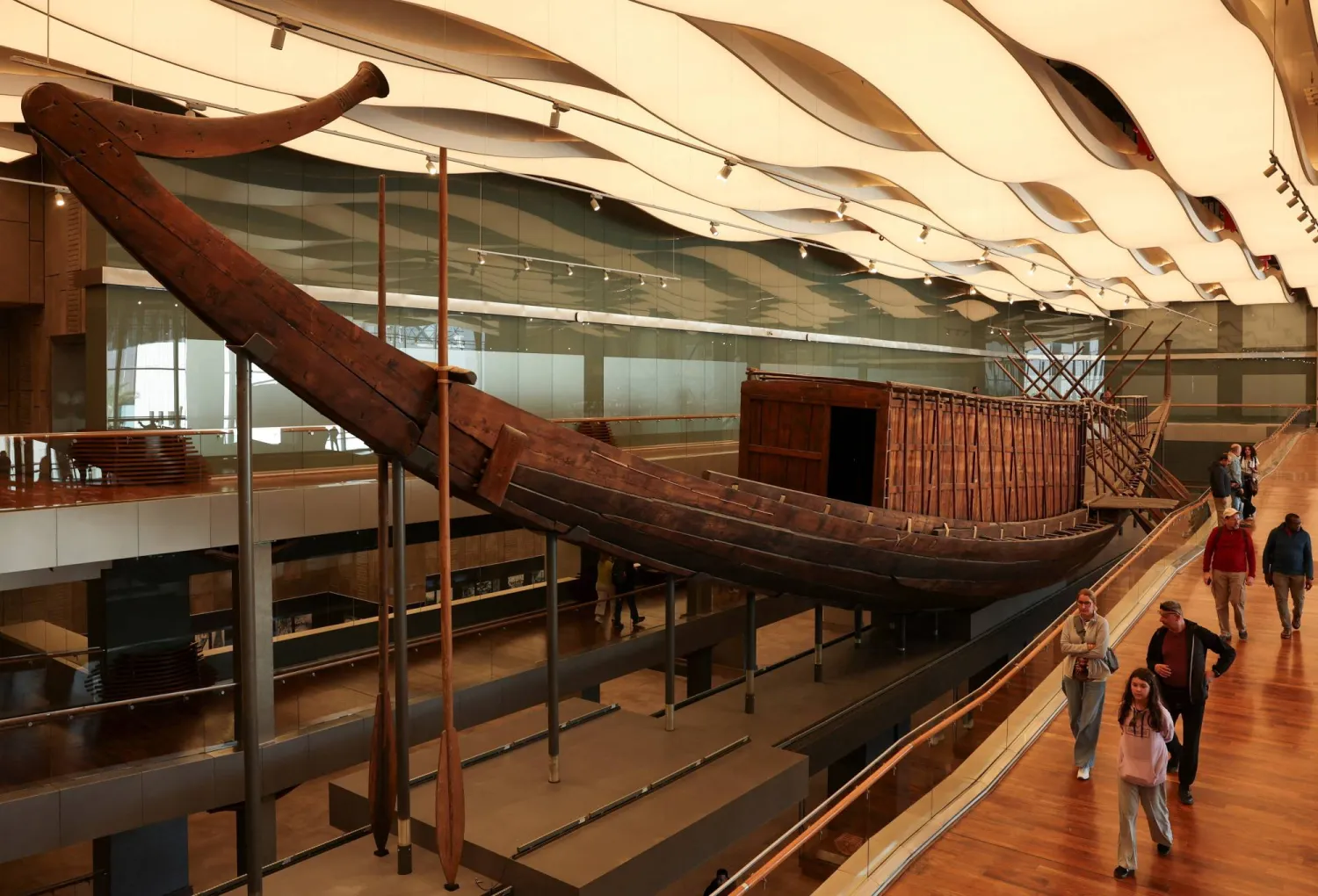The Saudi Heritage Commission has announced its most prominent discovery in the archaeological site of Jurash, Asir region, the result of strenuous excavations taking place during its 15th season in 2023, nominating “Jurash Archaeological Site” as one of the most important archaeological sites in the south of the Kingdom.
The scientific team at the site revealed on Monday new architectural residential units whose walls were built with stones and clay.
The units are an extension of what was unveiled during archaeological excavations in previous seasons, specifically on the northern side of the site.
The Heritage Commission also announced the discovery of a new irrigation technology consisting of a well built using the method of stacked stones, connected to water channels built with two rows of stones with a channel between them for distributing water to the residential units, and other channels branching out from it that flow into water basins adjacent to the units.
Also discovered were stoves and terraces built of stones and clay.
A large number of stone tools for daily use were also found, in addition to a collection of beads made of fine stones.









